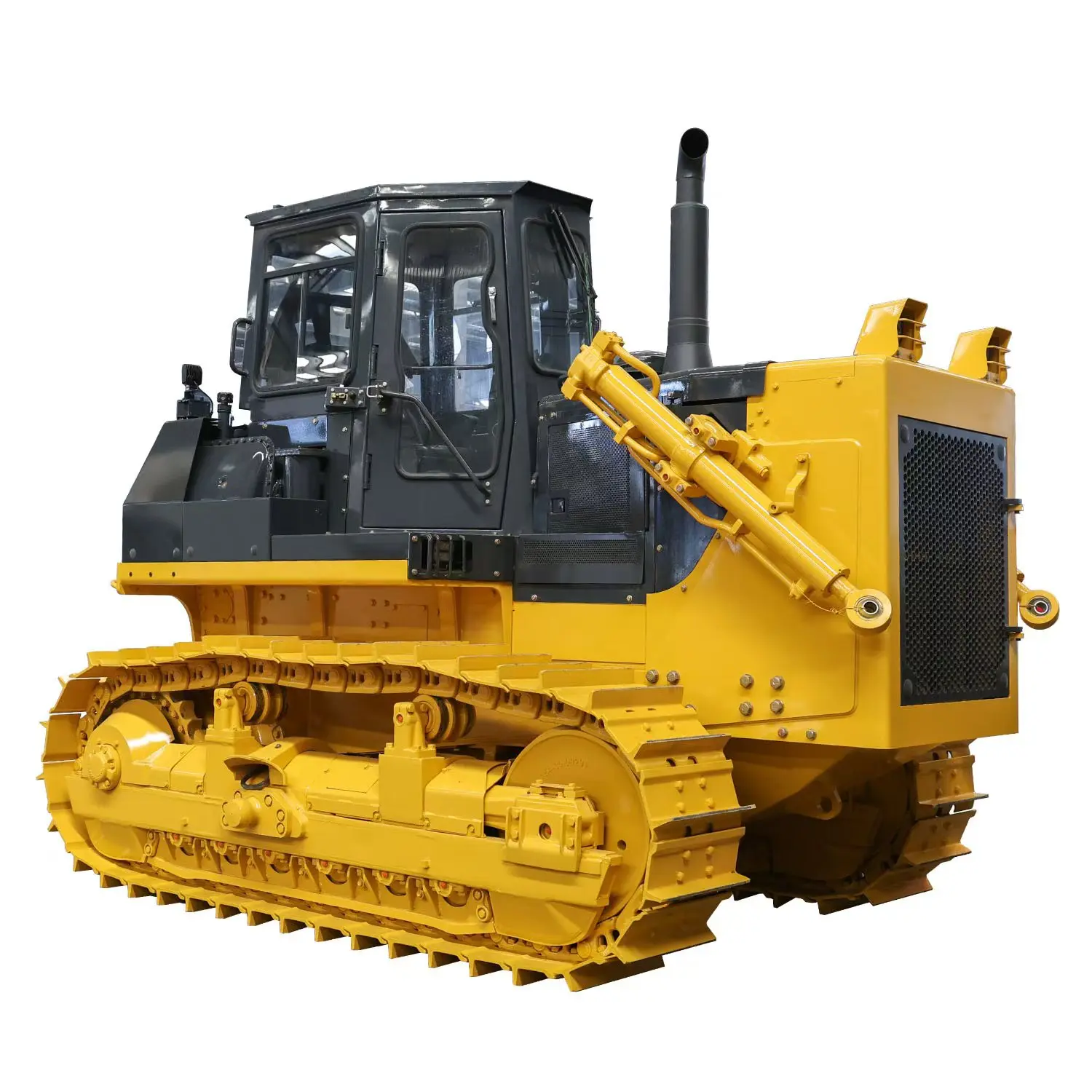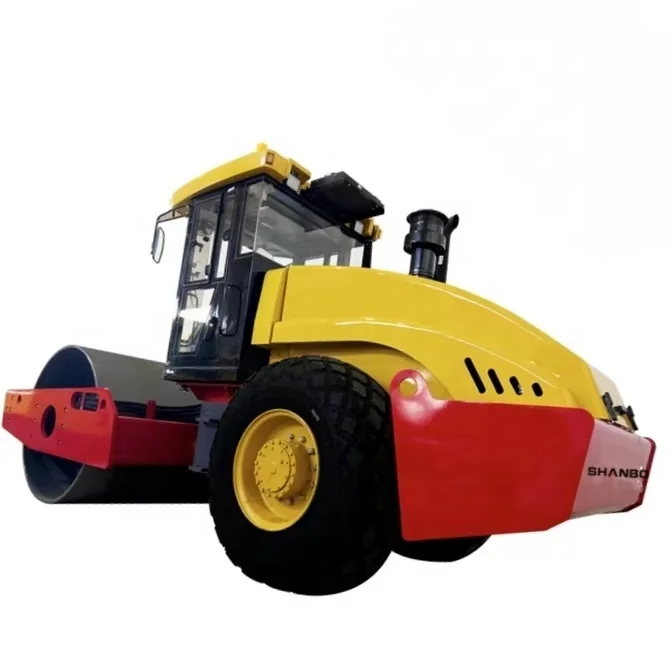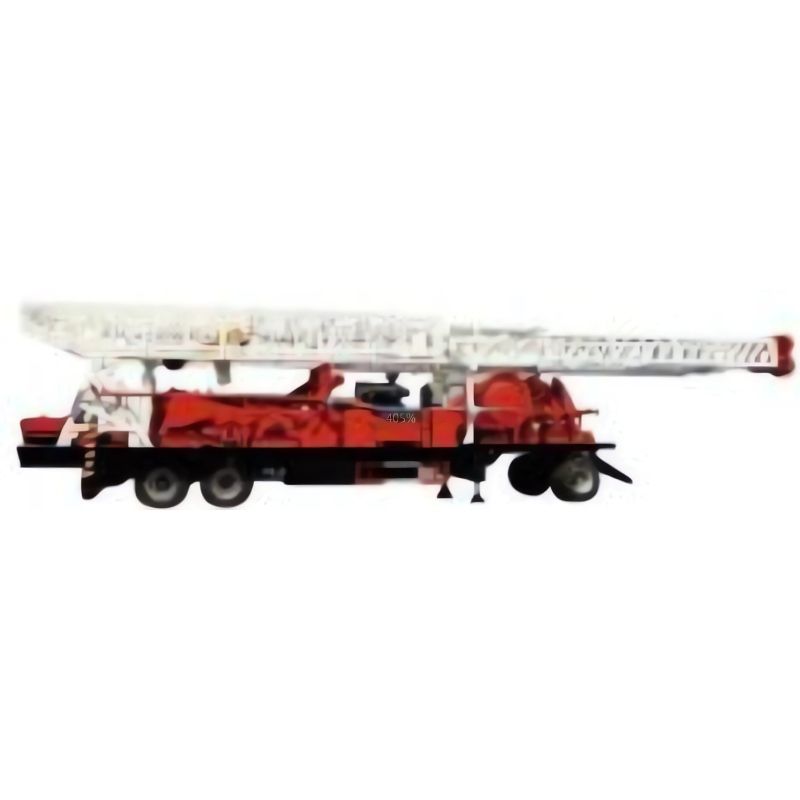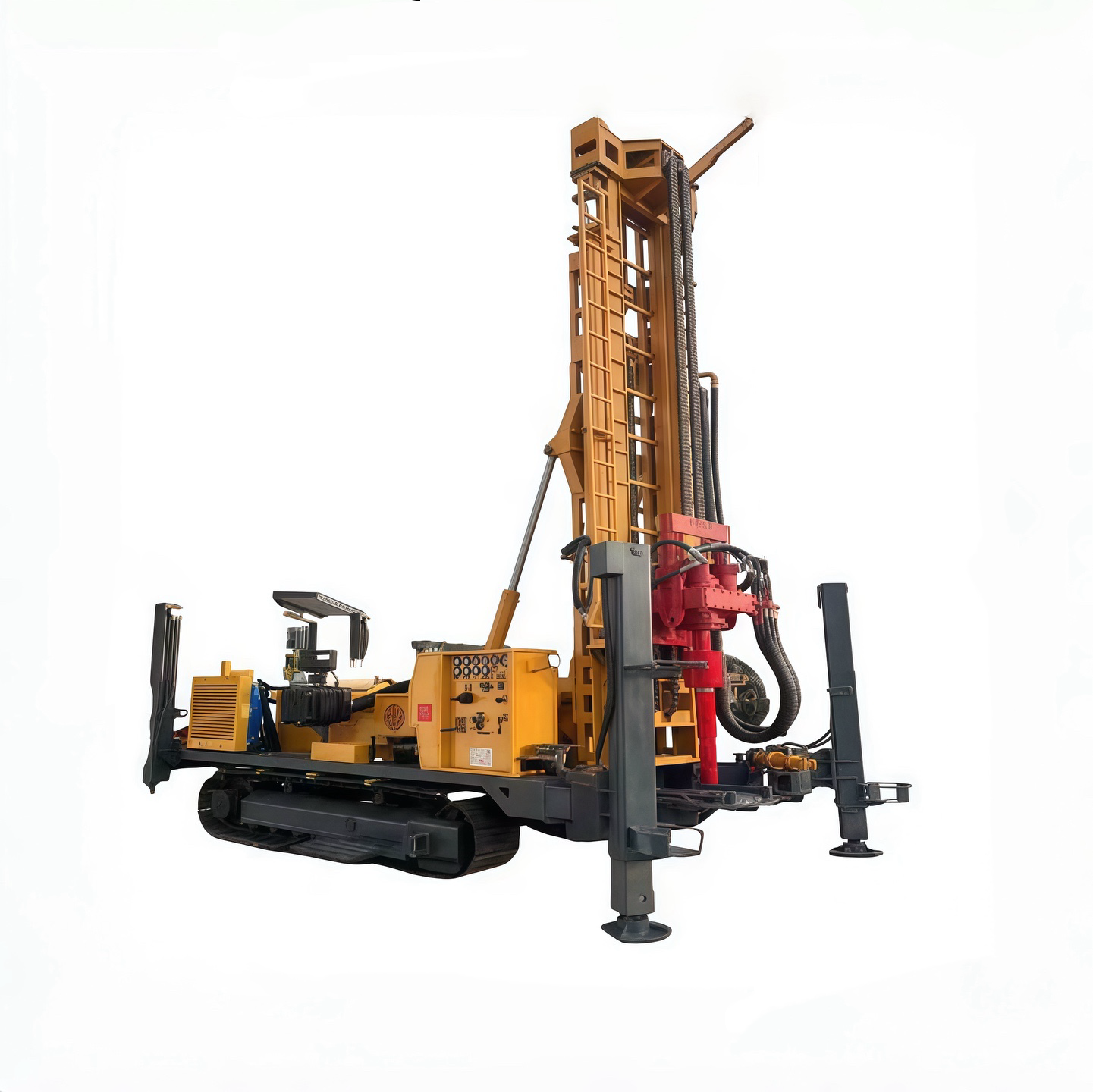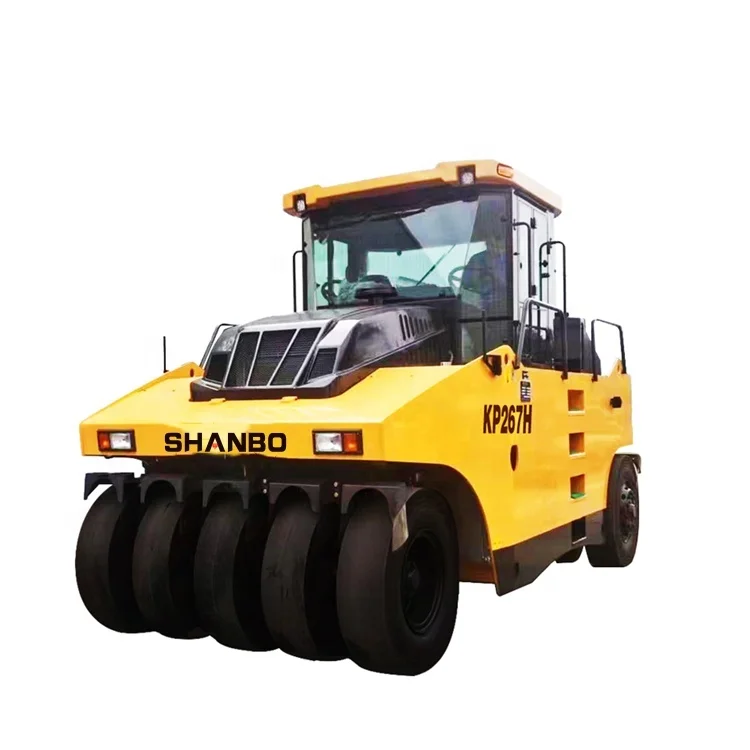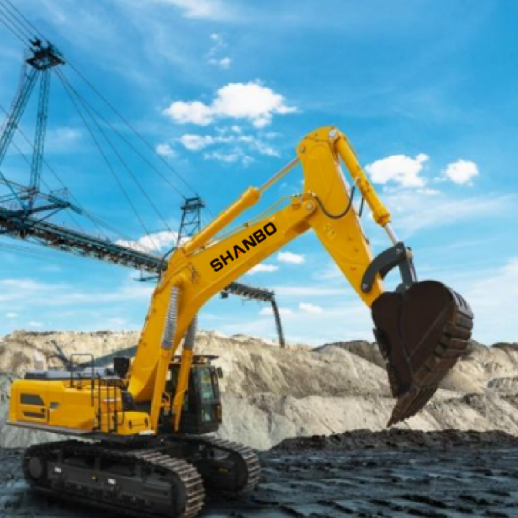Inside the Bulldozer Factory: How Modern Dozers Are Built from the Ground Up
Few machines can blend the powerful power and precise performance of modern engineering as perfectly as bulldozers do. From large construction sites, road projects to mining operations, these heavy giants can easily move earthwork.
But have you ever been curious about the manufacturing process of bulldozers? Entering a modern bulldozer factory, you will find the perfect combination of advanced technology, exquisite craftsmanship and outstanding engineering technology. It is precisely these that have created these machines.
The Design of Modern Bulldozers
The birth of the bulldozer began with an idea before any bolt was tightened. The entire process begins in the design department, where engineers use 3D computer-aided design (CAD) software to model every component, from the robust chassis to the precise hydraulic system.
Modern bulldozers do not merely pursue brute force; they also place great emphasis on efficiency, comfort and handling. Designers must balance power and fuel economy and integrate Tier 4 or Stage V engines that comply with global emission standards. Virtual simulation tests the performance of each component under extreme loads, high temperatures, and vibrations to ensure that each component can withstand years of rigorous tests before the first prototype machine is manufactured.
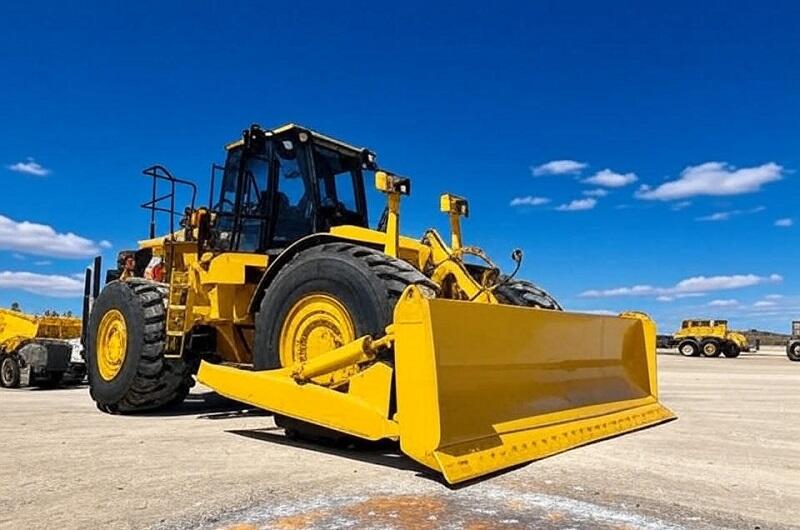
Building the Heart: The Engine and Powertrain
The core of each bulldozer is its engine, the power source that converts fuel into power. In the factory, heavy-duty diesel engines are assembled in accordance with strict quality standards. Precision machining ensures perfect alignment between the piston, crankshaft and valves.
After assembly is completed, each engine must undergo strict tests, including cold start tests, emission analysis and load simulation. The power transmission system, including the transmission, hydraulic torque converter and final drive unit, is then installed to ensure that power can be seamlessly transmitted to the tracks. Modern dozers are usually equipped with electronically controlled transmissions that can automatically optimize torque and fuel utilization.
Forging Strength: Frame and Undercarriage Fabrication
The frame and chassis of a bulldozer endow it with powerful pushing, pulling and climbing capabilities, enabling it to traverse rough terrains. Heavy steel plates are first cut by laser or plasma cutting machines, and then welded together by mechanical arms to ensure the consistency and accuracy of the welding.
The chassis, including the tracks, rollers and drive wheels, has been meticulously designed to withstand tremendous pressure. Each component has undergone heat treatment to enhance durability and wear resistance. In some factories, advanced track assembly lines employ automatic tensioning systems to ensure that each track link is perfectly aligned before being installed onto the bulldozer chassis.
Hydraulic and Electronic Systems: The Nerve Center
The electronic system of modern bulldozers is as important as the mechanical system. The hydraulic system responsible for lifting and tilting the scraper is manufactured with extremely high precision. Each hydraulic cylinder has undergone leakage, pressure resistance and operational smoothness tests.
Electronic systems are also playing an increasingly important role. GPS and telematics systems have now become standard equipment for many bulldozers, enabling operators to achieve millimeter-level leveling accuracy. Inside the factory, these electronic control modules are calibrated and tested on simulation test benches that simulate the conditions of real working sites.
During the assembly stage, wiring harnesses, sensors and on-board computers are installed to transform mechanical machines into intelligent devices, transmitting real-time data on fuel usage, maintenance requirements and productivity.
Final Assembly: Bringing It All Together
After the main systems are ready, the final assembly line begins to operate. Here, dozens of components - from engines and gearboxes to cabs - are assembled together on a mobile production line. Experienced technicians ensure that each bolt is tightened to the precise torque specification and every hydraulic pipeline is tightly sealed.
The cab is usually equipped with sound insulation devices and ergonomic control devices, and is finally installed. Modern bulldozers are equipped with adjustable seats, digital instrument panels and climate control systems to ensure the comfort of the operator. Some bulldozers are even equipped with semi-automatic control systems, allowing them to operate according to the pre-set leveling mode with minimal manual intervention.
Quality Testing: No Room for Error
Each bulldozer has to undergo a series of strict inspections before leaving the factory workshop. Structural welds will be scanned using ultrasonic testing to detect hidden defects. The engine will be started and undergo durability cycle tests. Each bulldozer will run on a test track to test its steering, braking and blade control systems under load conditions simulating a real working site.
Many factories also have "thermal testing" facilities, where bulldozers operate continuously for several hours under simulated working conditions to verify their performance and reliability. Only after passing all the tests can the bulldozer obtain the certification label and enter the painting and delivery stage.
Painting and Finishing: The Final Touch
The final step of the process is painting, taking into account both aesthetics and protection. The entire machine has undergone cleaning, priming treatment, and is coated with industrial-grade paint that is corrosion-resistant, UV-resistant and chemical-resistant. Many manufacturers use robot spray booths to ensure uniform coating, while others manually refine key details to achieve a perfect appearance.
After that, stick on stickers, brand logos and safety signs. Bulldozers can be dispatched immediately to dealers around the world or delivered directly to construction companies ready for use.
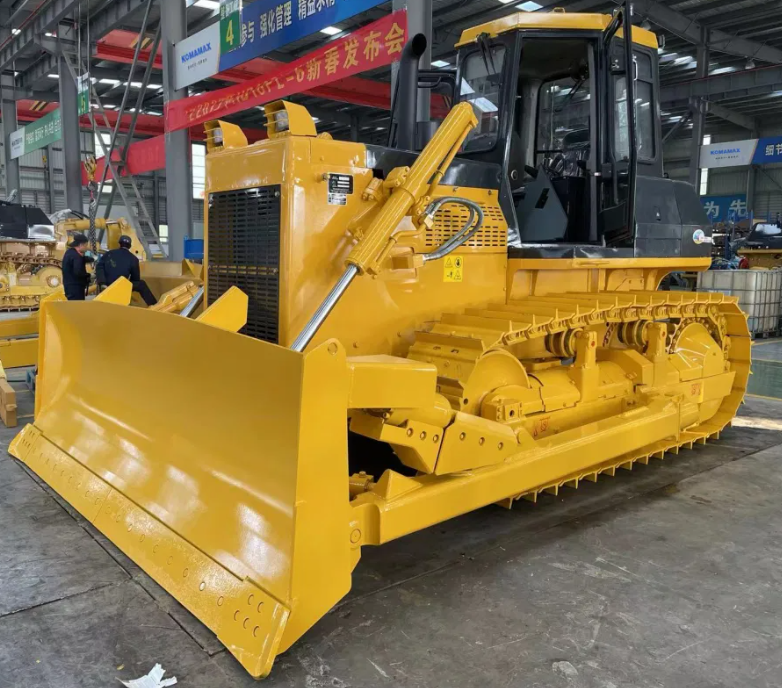
Conclusion
Walking through a bulldozer factory is like witnessing the operation of an engineering project with your own eyes - here, a vast amount of steel, technology and human expertise come together to create one of the world's most iconic machines. Every weld, every steel wire, and every turn of the wrench all reflect the unwavering pursuit of strength, reliability and performance.
From design to delivery, the manufacturing process of modern dozers not only witnesses the significant progress of the heavy equipment manufacturing industry but also indicates its future development direction.
Recommended Products
 Hot News
Hot News
-
“Water Savior” 200 m Reverse Circulation Water Well Drills Arrive in Uzbekistan
2025-03-28
-
What Is a Bulldozer? Everything You Need to Know
2025-02-18
-
Inside the Bulldozer Factory: How Modern Dozers Are Built from the Ground Up
2025-11-12
-
How to Operate a Spider Excavator Safely and Efficiently
2025-11-11
-
What Is an Excavator? A Beginner’s Guide to This Essential Construction Machine
2025-11-10
-
The Bulldozer Revolution: How Technology Is Transforming Earthmoving Equipment
2025-11-05
